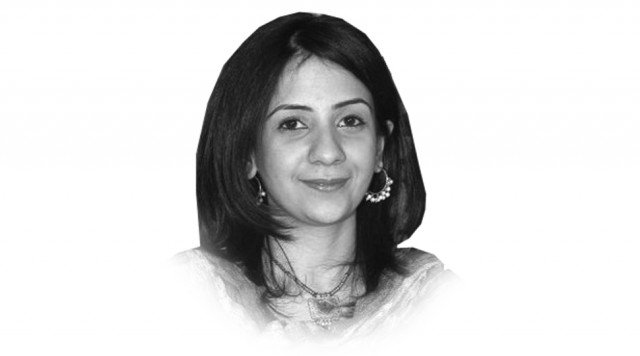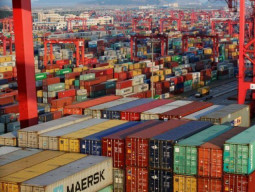
As a result, since elections in 2002 a record number of women have contested the polls and joined the ranks of legislators. However, concerns remained that women are powerless proxies for male relatives but women members of the PPP Punjab Assembly have put to rest any such concerns with great displays of aggression and power.
For far too long we have associated macho deep-throated growling, shouting and name calling in menacing voices with Sultan Rahi but the women MPs of Punjab are not to be left behind.
On June 14, before the budget for the province was presented, PPP MPA Sajida Mir from Lahore said that there was rampant rigging in rural areas where women were heavily influenced by feudals. She praised Iffat Liaquat of the PML-N who had won an election from Chakwal despite not having the backing of the feudal elite. Now this would sound like a fairly normal conversation to you unless you happen to be a feudal from Chakwal.
Luckily MPA Fouzia Behram, belonging to the same party as Ms Mir, was on hand to act the part (or embody the true likeness) of an enraged feudal from Chakwal. Ms Mir bellowed that MPAs from Lahore are ignorant. And in order to truly put the erring non-feudal in her place, she decided to insult her a little more by labelling her with the most derogatory word she could find in her feudal dictionary —“kammi” which means from a low caste. Ms Mir remained calm and reminded the enraged feudal that this insulted not just her but the philosophy of the party that both MPAs represent, not to mention the majority of its supporters since most of them happen to be “kammis”. This further enraged Ms Behram who then charged towards Ms Mir and tried to slap her.
Ladies, in this day and age of political crisis and misery for the entire country, couldn’t you maybe reserve your passions for topics of greater importance and substance like the budget, the state of education, healthcare or inflation? And could you please try and take the job of legislating on behalf of your constituents a little more seriously than the men who have failed us for so many years?
Published in The Express Tribune, June 22nd, 2010.












































COMMENTS (13)
Comments are moderated and generally will be posted if they are on-topic and not abusive.
For more information, please see our Comments FAQ